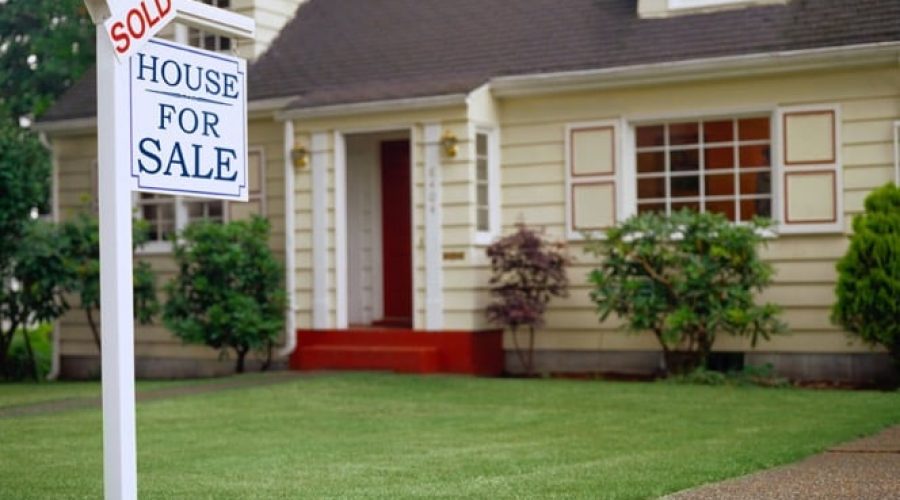Many parents are increasingly worried about whether their child will be able to afford their first home deposit and actually get into the Australian property market.
Lately there’s been increased talk about allowing people to use their superannuation savings to buy property. But there are other options available and one of them is by using an insurance bond.
It sounds a little technical and complex, but it’s actually not. Indeed an insurance bond can also be a tax effective way to invest money or save for a deposit or meet education costs.
A wide range of wholesale investment funds are available within an insurance bond including diversified, Australian equities, international equities, fixed income and cash.
Insurance Bonds are mainly purchased through financial advisers or can be acquired directly from insurance companies that offer these bonds.
Here’s how insurance bonds can work and turn $30,000 into a sizeable house deposit.
Sarah wants a set-and-forget investment where she doesn’t have to worry about tax administration, including paying tax on investment returns herself, and something that will automatically vest for 10-year old daughter Stephanie when she turns 25.
Given the very long time-frame, she selects three Australian share based options from the insurance bond’s menu.
She also sets a few intended purposes – overseas travel, a first home deposit, but is happy for Stephanie to decide how she might use her bond.
Based on an average 8.25 per cent per annum after-tax rate of return, net of fees, Sarah calculates that on Stephanie’s 21st birthday, the $30,000 invested in her insurance bond should be worth $103,000.
At this time Stephanie is able to access her bond as a tax-free lump sum withdrawal or keep it as her own investment for ongoing access.













